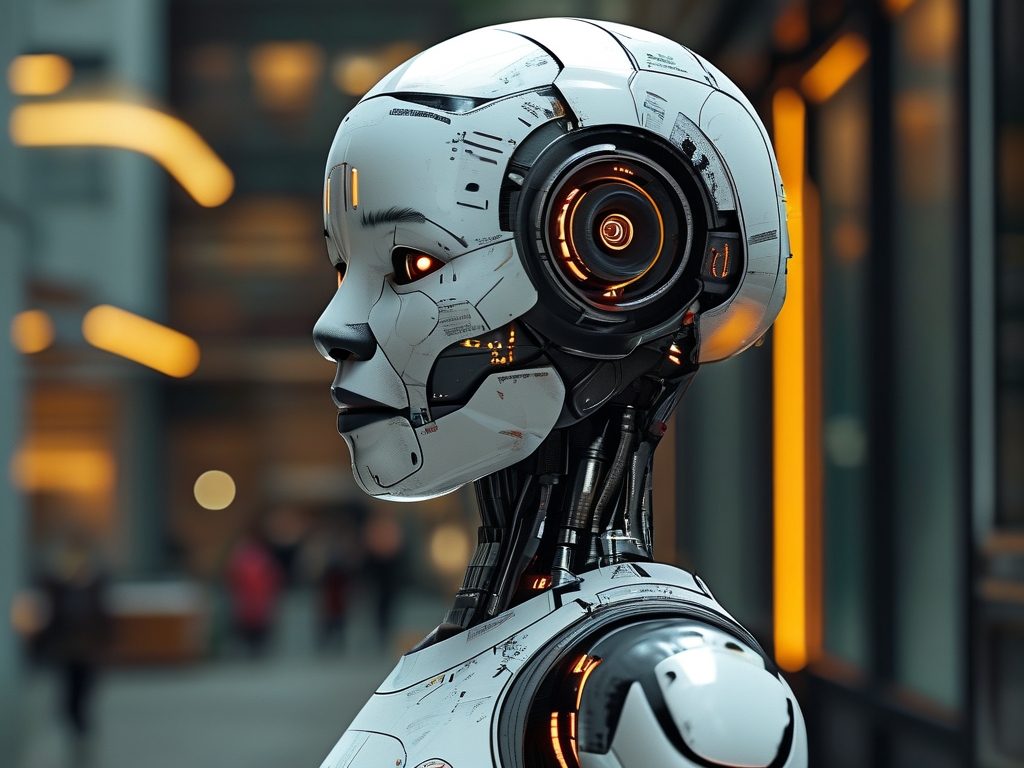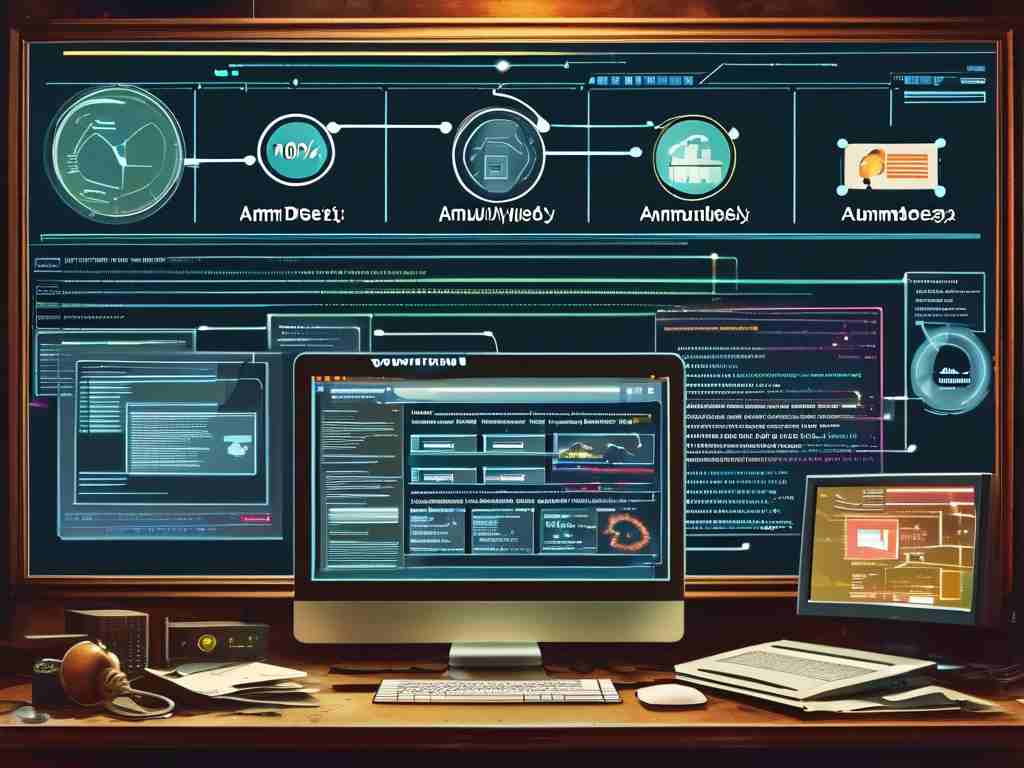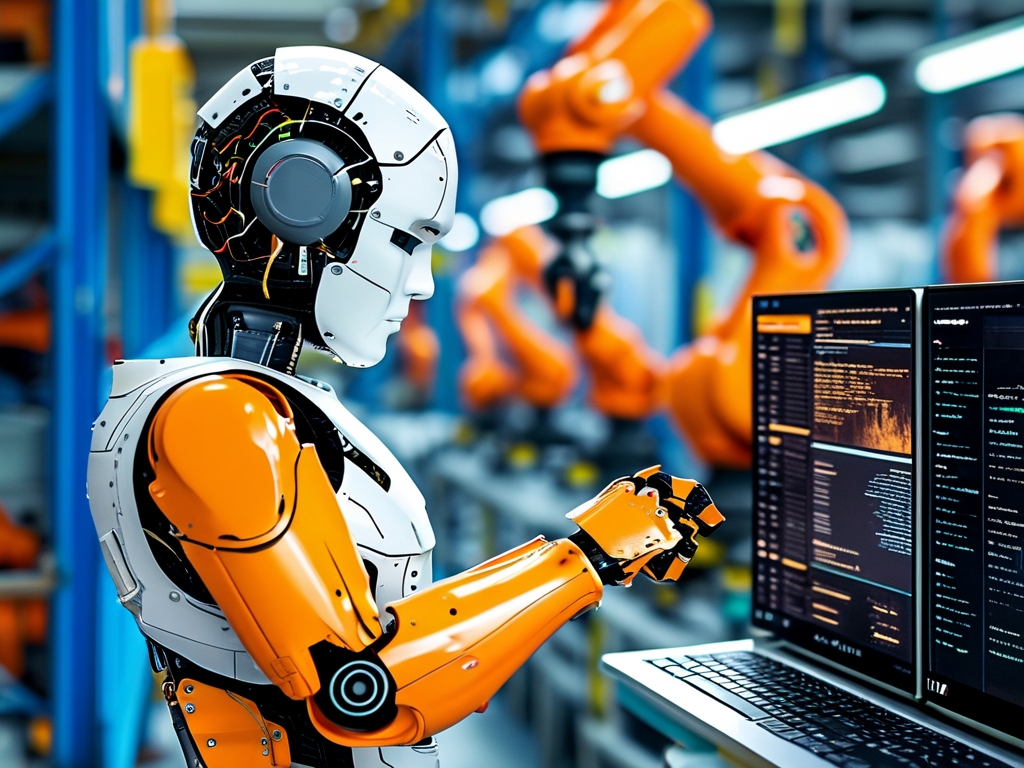Humanoid robotics has long been hailed as the pinnacle of artificial intelligence and mechanical engineering, promising a future where machines seamlessly integrate into human life. From assisting in healthcare to revolutionizing manufacturing, the vision is undeniably compelling. Yet, beneath the glossy demonstrations and viral marketing campaigns lies a troubling truth: widespread technological (fraud) that undermines genuine innovation. This article delves into the mechanisms of deception, real-world examples, and the ethical implications of misrepresenting humanoid robotics capabilities.

The Theater of Technological Demos
Humanoid robotics companies often rely on meticulously staged demonstrations to attract investors and public attention. These presentations frequently showcase robots performing complex tasks—walking, dancing, or even serving coffee. However, many of these feats are achieved under highly controlled conditions, with pre-programmed routines, hidden operators, or selective editing. For instance, a robot shown "autonomously" navigating a room might actually follow invisible markers or rely on off-camera human intervention. Such practices create an illusion of autonomy and adaptability that far exceeds the technology’s current capabilities.
A notorious example involves a 2018 demo by a prominent robotics firm, where a humanoid robot appeared to fluidly assemble furniture. Later investigations revealed that the robot’s movements were pre-scripted, and sensors were disabled to hide instability. This deliberate obfuscation not only misleads stakeholders but also sets unrealistic expectations for the industry.
The "Wizard of Oz" Effect
Many humanoid robots leverage the "Wizard of Oz" technique—a term borrowed from the classic film, where a hidden operator controls the machine’s actions. While this approach is common in early-stage prototyping, some companies exploit it to fake advanced functionalities. For example, robots marketed as "AI-driven" may rely on remote human pilots to answer questions or perform tasks, with no genuine machine learning involved. This deception is particularly pervasive in customer service and entertainment robotics, where users interact with robots assuming they are autonomous.
In 2021, a startup claimed its humanoid robot could diagnose medical conditions by analyzing patient speech. Independent tests, however, found that the robot’s responses were pre-written scripts triggered by keywords, with no actual diagnostic algorithms. Such erodes trust in robotics and diverts resources from meaningful research.
The Role of Media and Public Perception
Media outlets often amplify the hype around humanoid robotics, prioritizing sensational headlines over nuanced reporting. Viral videos of robots performing parkour or playing instruments garner millions of views, but rarely disclose the behind-the-scenes engineering tricks. This creates a feedback loop where companies feel pressured to produce increasingly extravagant—and often deceptive—demos to stay relevant.
The consequences are far-reaching. Policymakers may allocate funding based on exaggerated claims, while consumers invest in products that underdeliver. Worse, genuine breakthroughs risk being overshadowed by skepticism bred from prior fraud. For instance, legitimate advancements in bipedal locomotion are now met with cynicism due to past overpromises.
Ethical and Economic Fallout
Technological in humanoid robotics carries significant ethical risks. Misrepresenting capabilities can lead to unsafe deployments in critical fields like eldercare or disaster response. A robot marketed as capable of lifting patients, for example, might lack the necessary precision, endangering lives. Additionally, stifles innovation by rewarding marketing over merit. Startups with legitimate may struggle to secure funding if they refuse to engage in hyperbolic claims.
Economically, the fallout can be devastating. Investors poured over $2.3 billion into humanoid robotics ventures in 2023 alone, but many of these investments hinge on inflated projections. When companies fail to deliver, entire markets can collapse—a scenario reminiscent of the 2000 dot-com bubble.
Toward Transparency and Accountability
Addressing requires systemic change. Independent auditing bodies could verify robotic capabilities, similar to clinical trials for medical devices. Companies should be mandated to disclose the extent of human intervention in demos, while media must adopt stricter reporting standards. Academics and engineers also bear responsibility: prioritizing peer-reviewed research over flashy showcases would recenter the industry on tangible progress.
Ultimately, the future of humanoid robotics depends on honesty. While the road to truly autonomous machines is long, integrity in innovation ensures that each step forward is real—not an illusion.
Humanoid robotics holds immense potential, but its path is marred by a culture of exaggeration and deceit. By confronting head-on, the industry can rebuild trust and focus on achievable milestones. Only then will robots transition from theatrical props to transformative tools—worthy of the hype they inspire.




